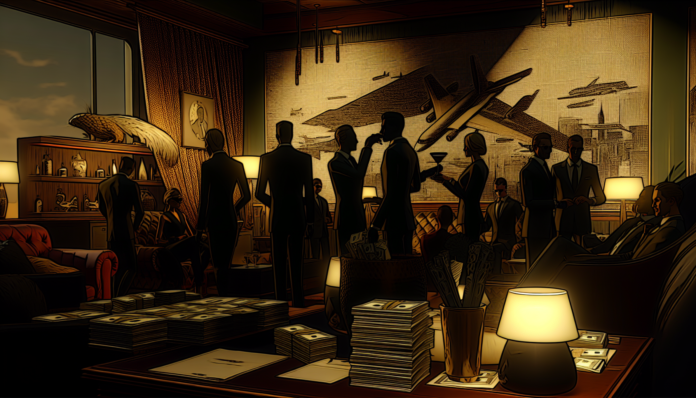Introduction
In the late 1990s, Bill Clinton, the 42nd President of the United States, became the epicenter of one of the most talked-about political scandals in American history. His alleged affair with White House intern Monica Lewinsky shattered societal norms and altered the perception of presidential behavior. As the scandal unfolded, it drew national attention and ignited heated debates over morality, power, and gender dynamics. This period was marked by a conservative backlash against the sexual liberation movements of the 1970s and early 1980s, creating a tense atmosphere that would dwarf even today’s more progressive climate.
The Scandal
The scandal first erupted in 1998 when the independent counsel Kenneth Starr submitted a report to Congress that detailed an extramarital relationship between Clinton and Lewinsky. The allegations included:
-
Encounters in the Oval Office: Reports indicated that Clinton and Lewinsky began their affair in 1995, characterized by clandestine meetings that included intimate exchanges and gifts exchanged in secret.
-
The Infamous Dress: The evidence burst into public view when Lewinsky’s blue dress, stained with Clinton’s semen, was brought to light. It became a key piece of forensic evidence during the investigation, symbolizing the scandal.
- Public Reaction: The American public was divided. Partisan lines starkly defined opinions on the scandal, leading to polarized discussions and late-night television sketches. President Clinton famously uttered the phrase, “I did not have sexual relations with that woman,” which became a cultural reference for denial in the face of overwhelming evidence.
Key moments included Clinton’s testimony before a grand jury, where he faced accusations of perjury and obstruction of justice, leading to his impeachment by the House of Representatives in December 1998. The Senate acquitted him in February 1999, allowing him to finish his term.
Moral and Cultural Analysis
The fallout from the Clinton-Lewinsky scandal resonated profoundly across society:
-
Shifting Perspectives: In the late ’90s, there was a prevailing belief that a president’s private life should reflect a certain moral standard. Clinton’s infidelity instituted a national dialogue about ethics and accountability in leadership. Conservative factions rallied against him, while liberal supporters framed the event as a political witch hunt.
-
Consequences: Clinton faced impeachment, although he remained in office and maintained considerable public support. Lewinsky, on the other hand, became a pariah in the public eye, an instance of victimization where she bore the brunt of a scandal that involved a powerful man.
- Modern Comparisons: Fast forward to the present, and the cultural context has significantly shifted. In the age of #MeToo and increasing discussions about consent and power dynamics, reactions to a similar scandal would likely focus on the implications of workplace relationships and ethical conduct rather than solely on moral failures. Today’s audience might view the narrative through the lens of empathy for Lewinsky, emphasizing her role rather than reducing her to a mere footnote in Clinton’s story.
The Clinton scandal remains a testament to how societal values evolve. In the wake of increased awareness around issues of consent and gender dynamics, the narrative may shift from one of scandalous intrigue to a more nuanced conversation about power, responsibility, and the voices of women who have historically been silenced.

